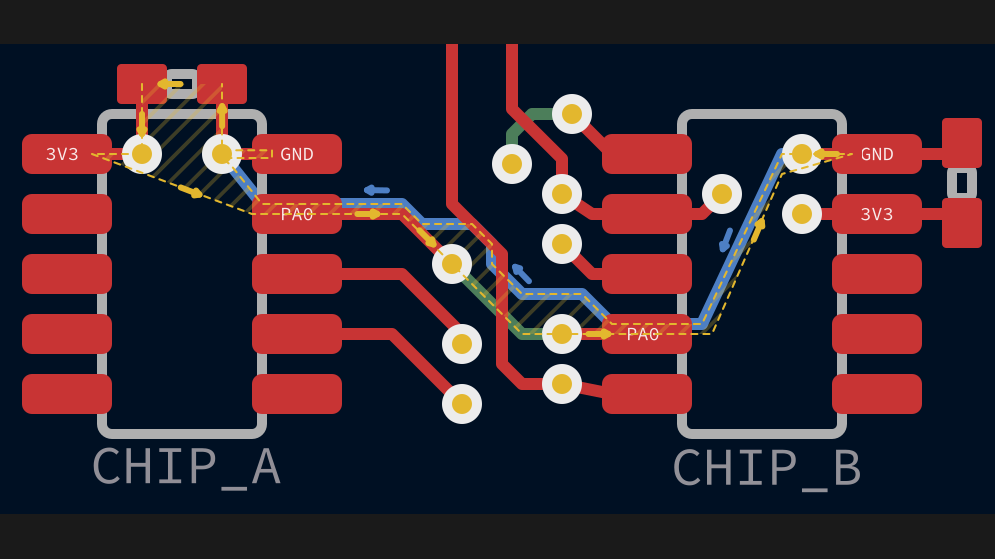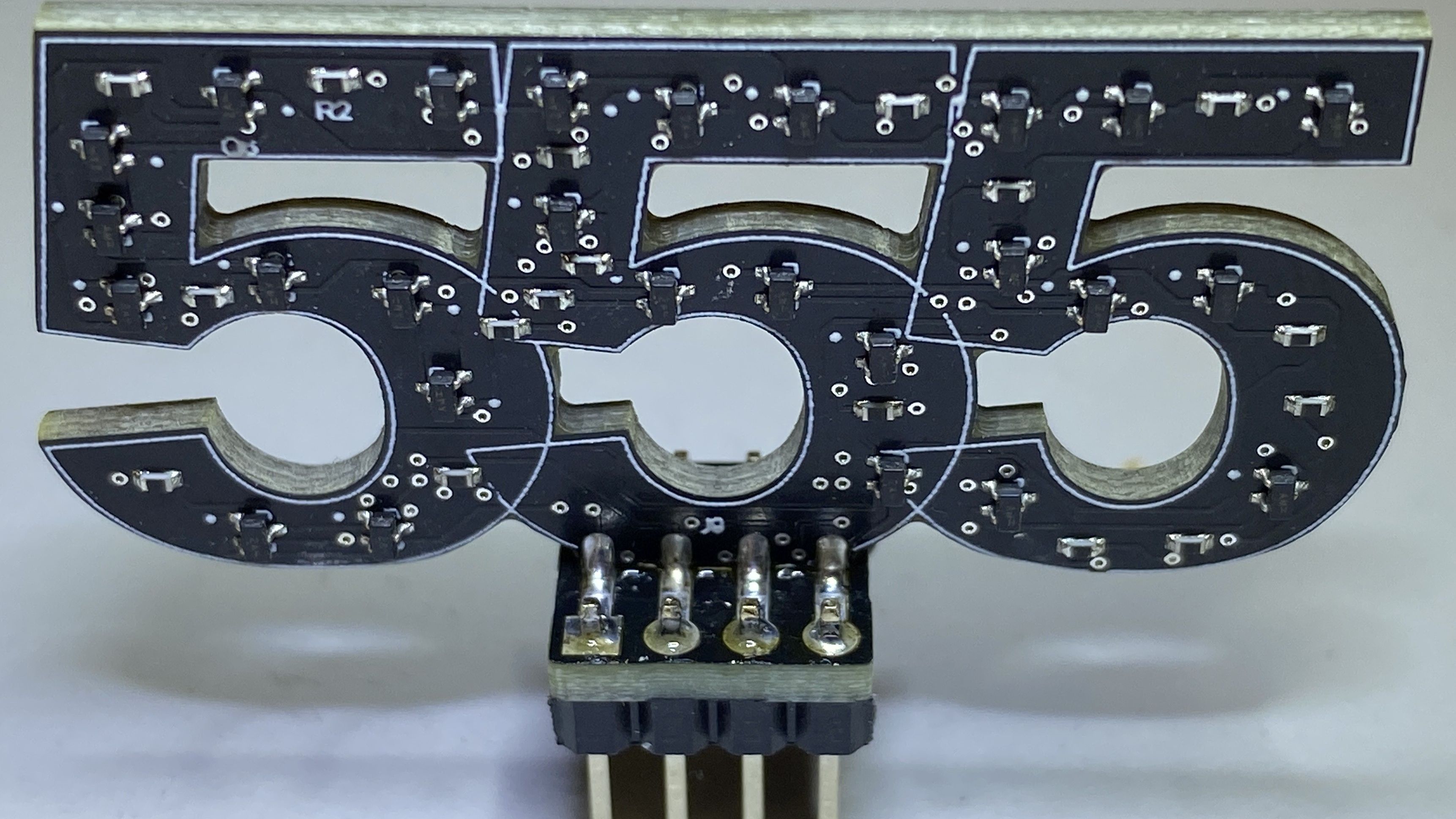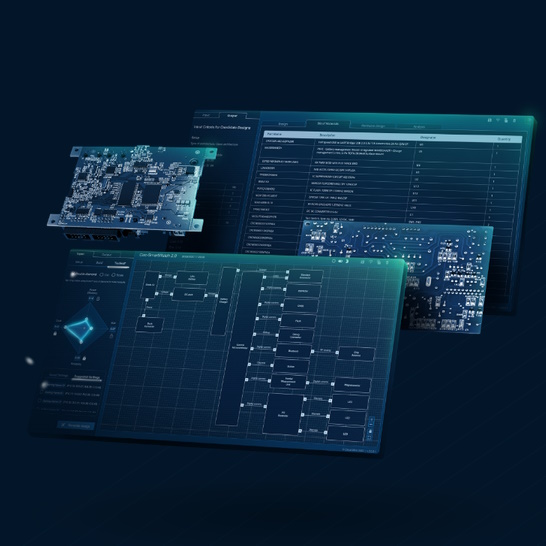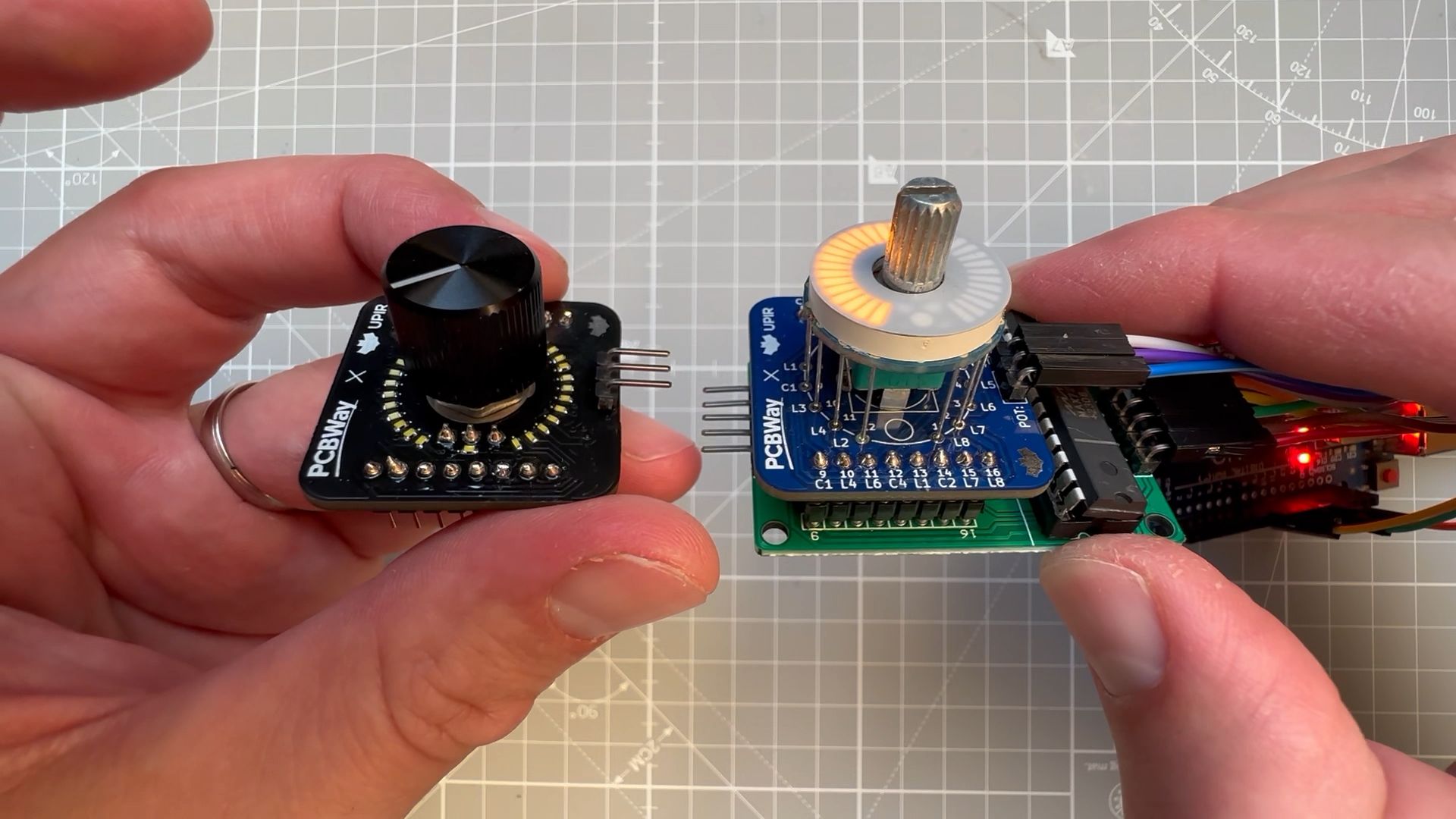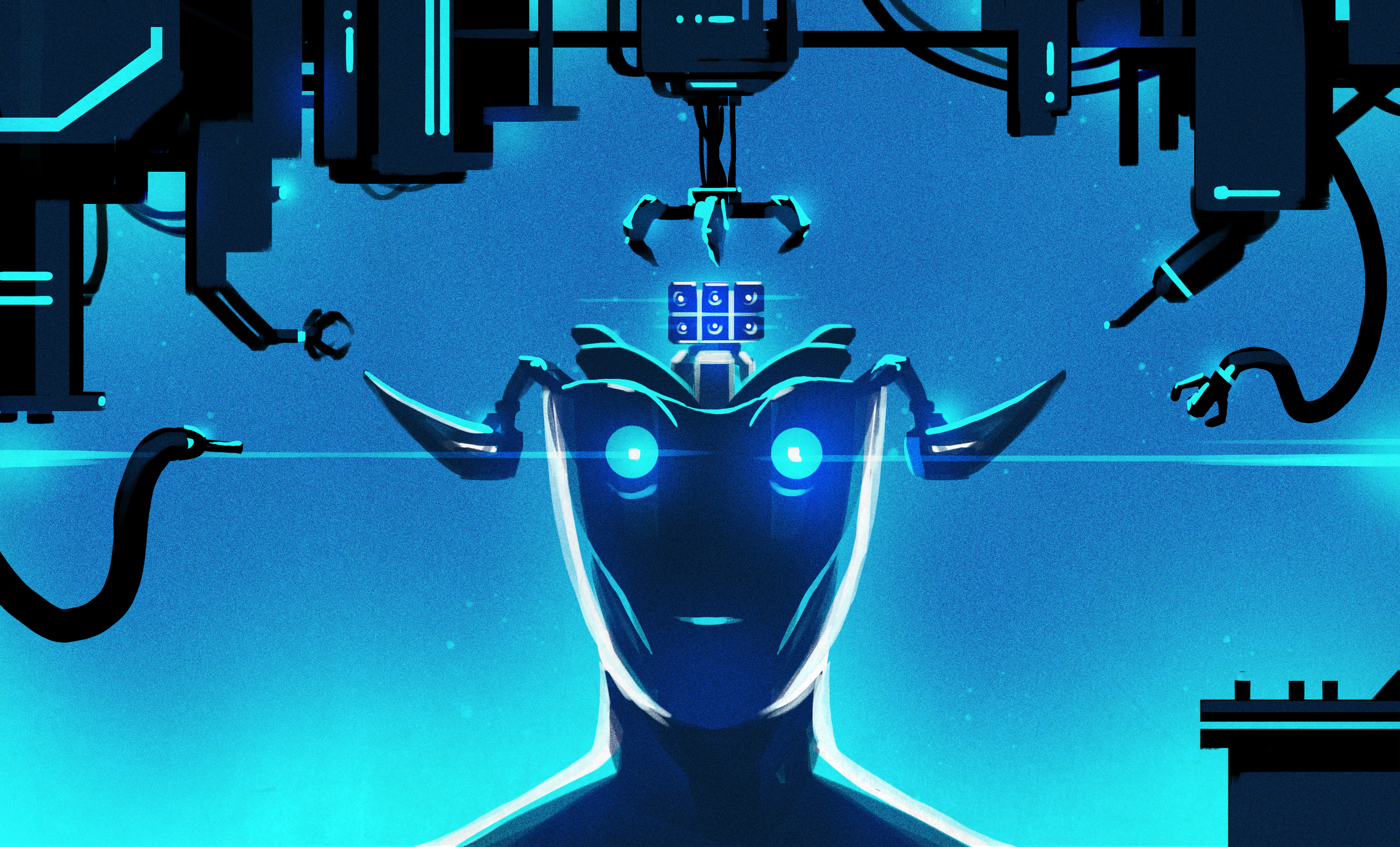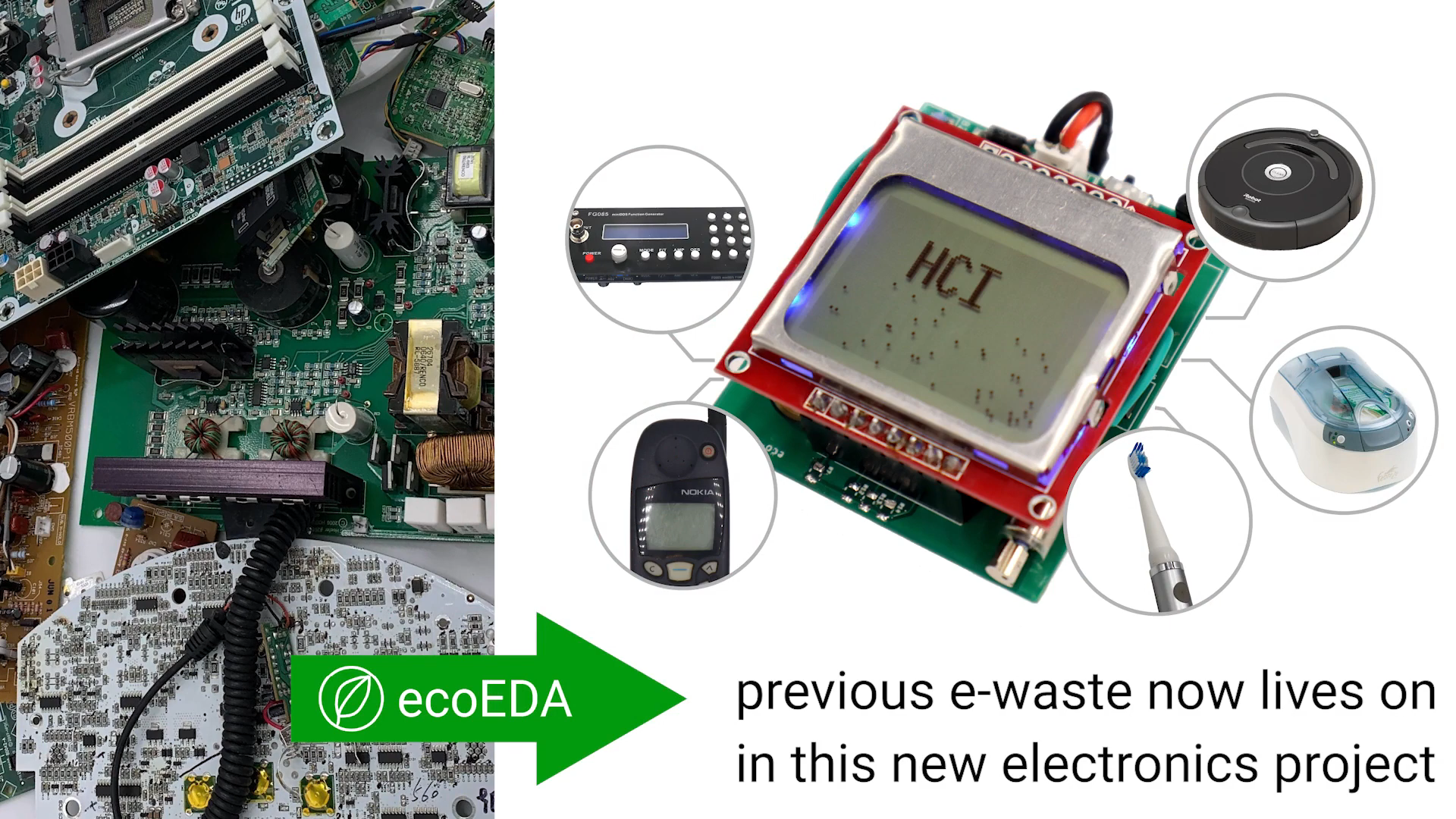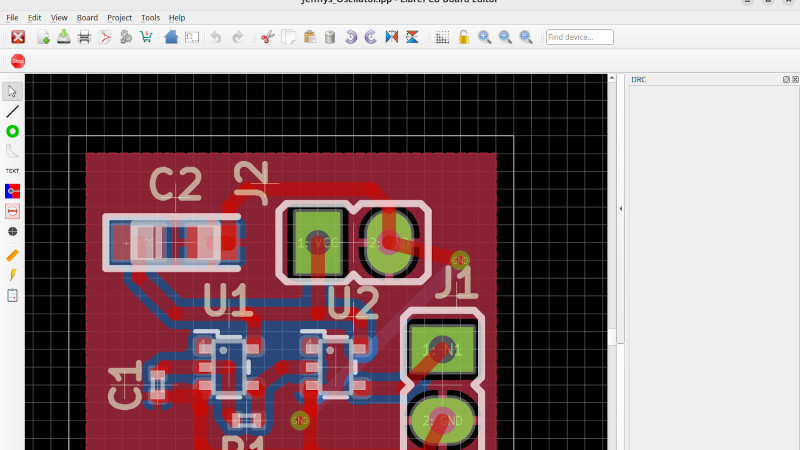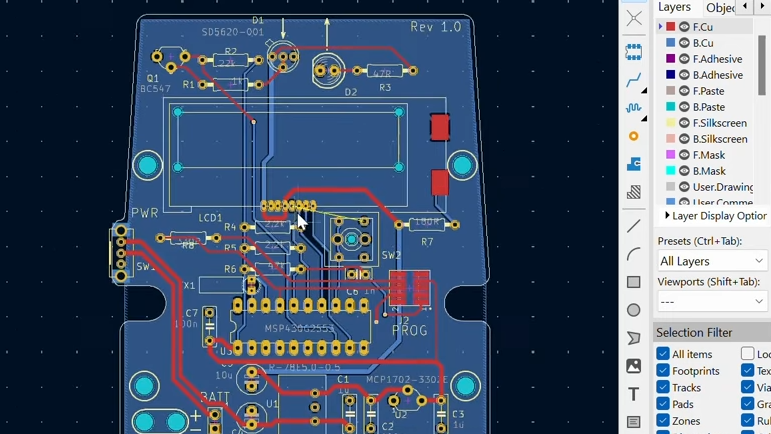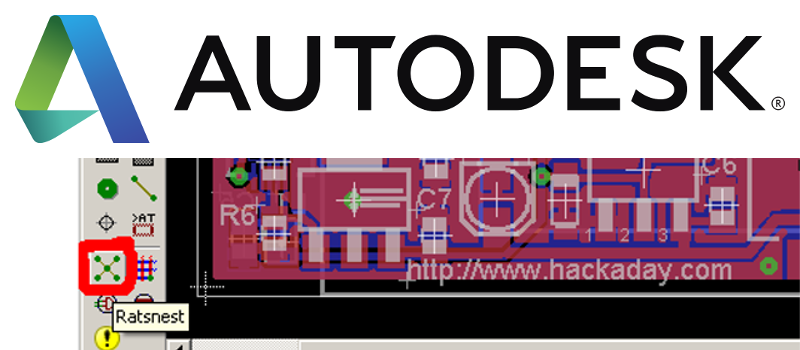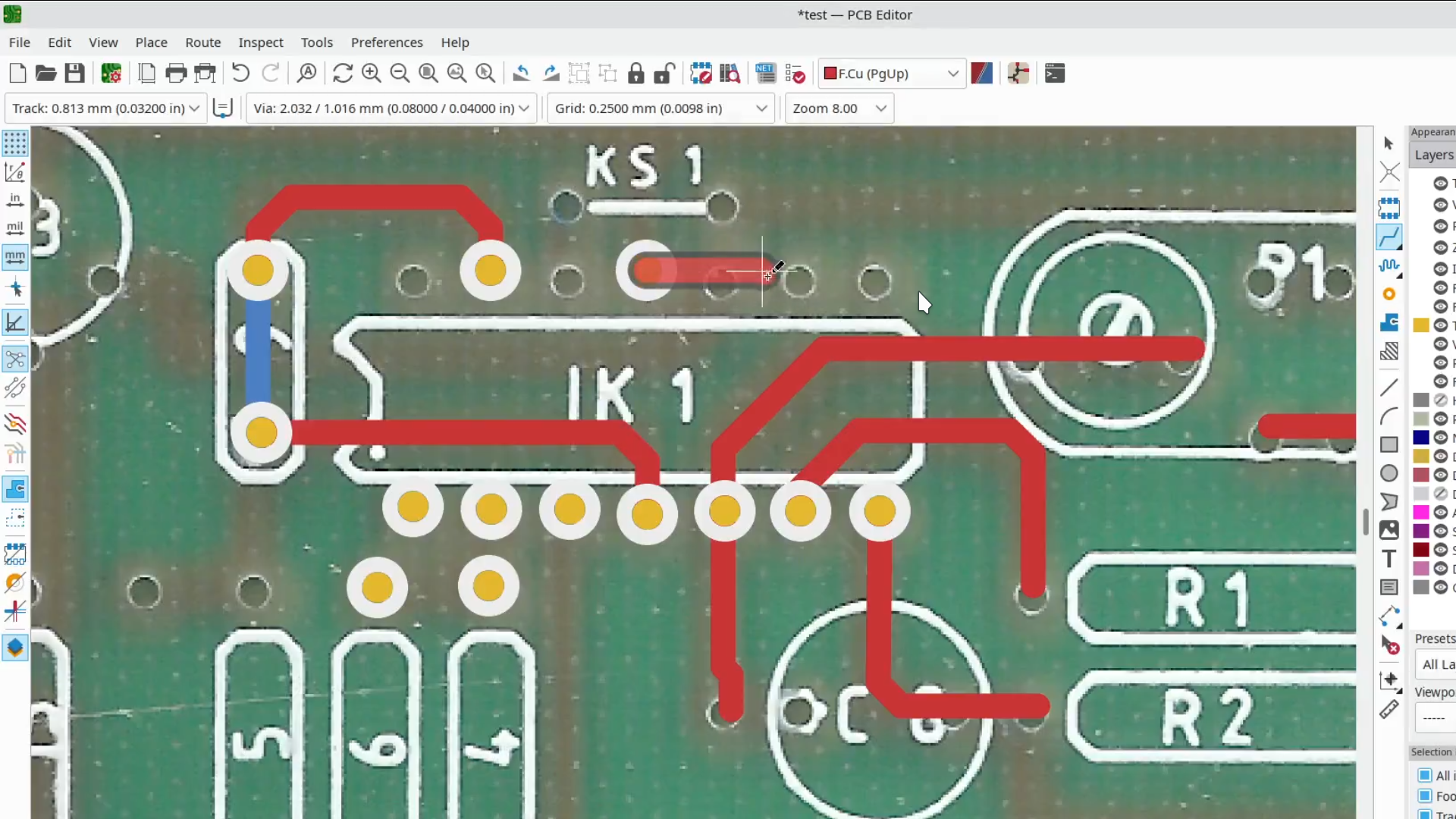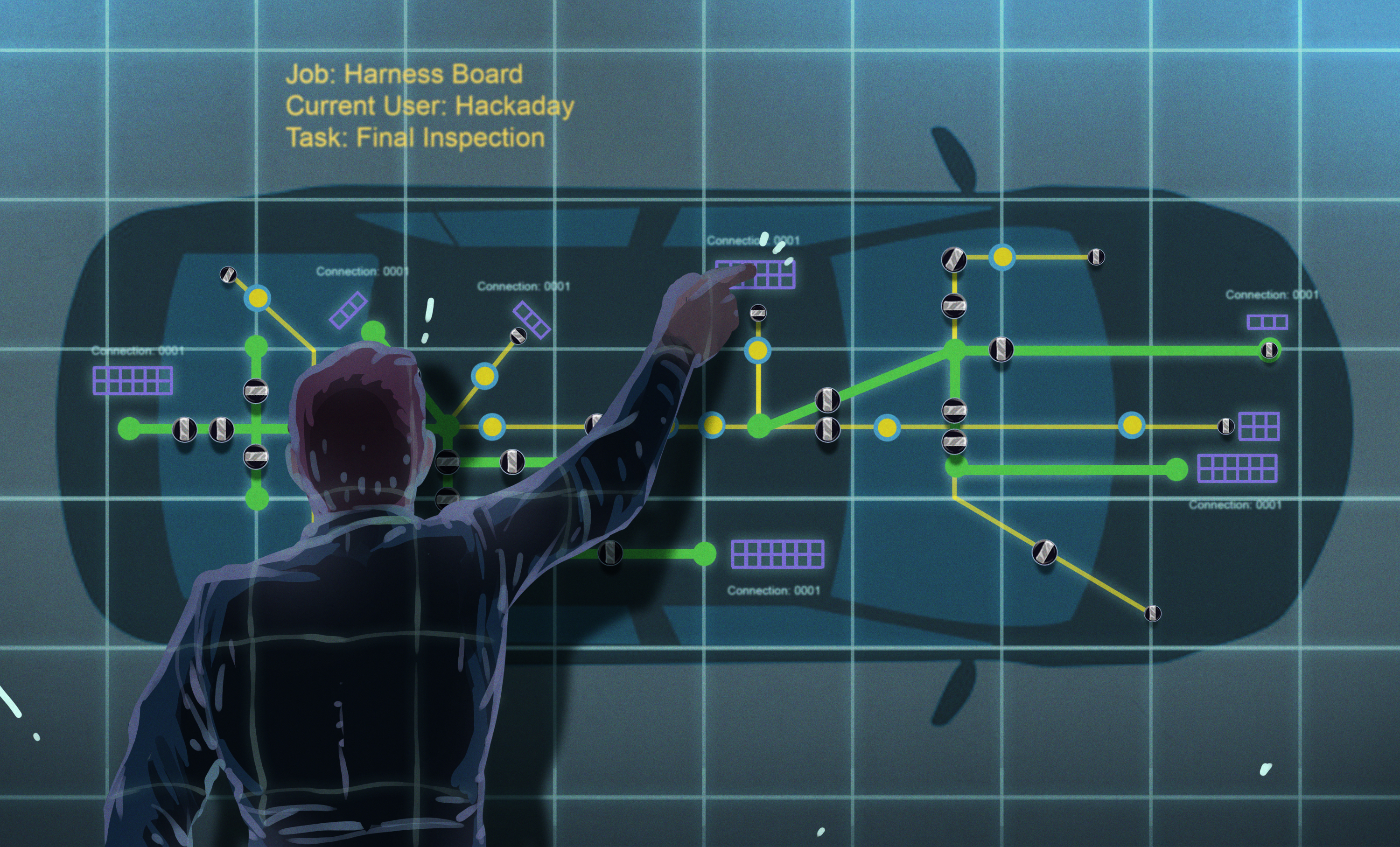So 3 days ago (while I was watching "Boeing" videos), Nvidia had a developers conference where Nvidia CEO Jensen Huang gave a 2-hour keynote address. The video, as I write this, has over 16 million views -- maybe you are one of them? Maybe there is no reason for me to talk about any of the items in the keynote address.
If you somehow haven't seen it and are wondering what's in it, here are some of the items that got my attention.
First, he starts off saying, "I hope you realize this is not a concert. You have arrived at a developers conference." It might not be a concert, but you have to admit, Jensen Huang is one heck of a showman. His salesmanship probably accounts for a lot of the success of the company.
Moving on to some of the substance of the presentation, Nvidia is working with Ansys, Synopsys, and Cadence Design Systems to use AI to design chips. Ansys develops physics simulation software and is going to be working with Nvidia to improve its simulation systems. Synopsys and Cadence are both electronic design automation (EDA) companies -- which is to say, they sell software that is used to automate the chip design process. These do such things as logic synthesis, where you give the software high-level logic and it figures out what logic gates you need, and physical layout, where the software figures out where to locate transistors on a chip and where the wiring should go. (I don't think he mentioned, Synopsys is in the process of acquiring Ansys, so Ansys might soon disappear as a separate company.) Cadence and Nvidia are building Cadence's next supercomputer together, and Synopsis is integrating AI into its computational lithography system.
He says large language models (LLMs) are able to double in size every six months due to Nvidia chips.
He shows Nvidia's new GPU, called "Blackwell", with, he says, 208 billion transistors. Named for a mathematician named David Blackwell. He says it is made of two "dies" that are somehow stuck together to form a single "chip". He says 10 terabytes of data goes back and fourth between the two dies per second.
I remember in the mid-2000s when I first heard chips had crossed the 1-billion transistor mark. I thought that was mindblowing. 208 billion is like, I feel like I need a word more mindblowing than "mindblowing".
He says it works with the same infrastructure as their previous chip "Hopper". Can that be true? Surely it must make a lot more heat.
He talks a lot about robotics and Nvidia Omniverse and Isaac Sim.
Isaac Sim is a simulation world for training robots in simulation before they are unleashed in the real world.
Omniverse is all about "digital twins", but "digital twins" are not twins of people -- they're "twins" of factories. Basically the idea is to simulate your whole factory in a 3D simulator. The next step is to fill your real-life factory with cameras and link the factory and the simulation together, so the simulation always knows what's happening in the real factory. And link that to language models so you can ask questions in English about what's going on in your factory. Siemens, a giant industrial equipment company in Germany, is working with Nvidia for automating factories.
It's part of Nvidia's mission to "digitize" everything. Not just factories but proteins and genes, etc. A digital twin of the Earth for predicting weather.
Nvidia is launching a new service called "NIM", which stands for "Nvidia Inference Microservices". The plan is to build AlphaFold 2 for you, and lots of other models for proteins and genes and other medical and scientific application. These models are called "NIMs".
Nemo Retriever is platform for building a "digital human" chatbot for retrieving information about a topic, either serving the public, or as "co-pilots" helping employees on their jobs with information inside the company.
He shows videos of robots learning in simulation in Isaac Sim, then has humanoid robots walk out on stage. Finally he has some Disney robots called BDX robots walk out on stage, which are super cute.
"They're powered by Jetson. Little Jetson robotics computers inside. They learn to walk in Isaac Sim."
Throughout the whole presentation, he's making grandiose predictions for the future about how everything everywhere is going to "be robotic". Nvidia's decades of past success, not just Jensen Huang's showmanship, make such predictions credible.
GTC March 2024 Keynote with NVIDIA CEO Jensen Huang - NVIDIA
#solidstatelife #ai #gpus #nvidia #eda #omniverse #isaacsim #ansys #synopsys #cadence #siemens
